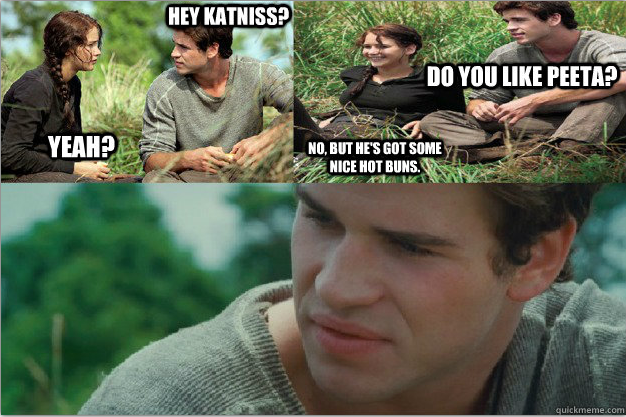– They’ll save a bundle on the overhead for concessions: The producers of the Hunger Games film franchise are reportedly looking into theme park possibilities (h/t LGM). Thanks, but I’ve already seen The Running Man.
– I wonder if the Fleshlight people know about this: Speaking of simulations, doctors have a new opportunity to practice prostate exams, thanks to what I’m going to call a butt simulator (h/t Sarah):
The butt has a name, it’s Patrick. The doctors in training can talk to and gesture with Patrick. Patrick’s butt has embedded sensors to measure the pressure and Patrick can talk about his fears. Life is but a video game.
No word on whether doctors can unlock achievements by progressing further through Patrick’s anus.
– iPathos: A Roomba in Austria may have made history by being the first robot to commit suicide:
The little dirt-sucker, model 760, reportedly turned itself on, rolled onto a hot plate, and set itself ablaze in Kirchdorf, Austria. When firefighters arrived on the scene, all that was left of the little fellow was a pile of ash. Freaky.
– To be fair, they’re already made of plastic: Department-store mannequins in Venezuela are apparently getting less realistic:
[T]he new shop-window favourite in Venezuela is apparently a fibreglass model sporting a dramatically enlarged bust, an unnaturally sculpted rear, a tiny wasp waist and never-ending, super-skinny legs.
According to the New York Times, mannequin manufacturer Eliezer Álvarez has transformed his business by introducing a line of shop-window dummies based on the exaggerated body shape he thinks Venezuelan women would really like – and, increasingly, are giving themselves with implants and plastic surgery.
– This seems a little too ironic: Burglar dies while stuck inside chimney of law firm.





 I came across this brief post as I was scrolling through Tumblr entitled
I came across this brief post as I was scrolling through Tumblr entitled ![Running Man Theatrical Poster [Fair use claimed] Running Man Theatrical Poster [Fair use claimed]](http://upload.wikimedia.org/wikipedia/en/thumb/e/ee/Running_Man_Theatrical_Poster.jpg/166px-Running_Man_Theatrical_Poster.jpg)
